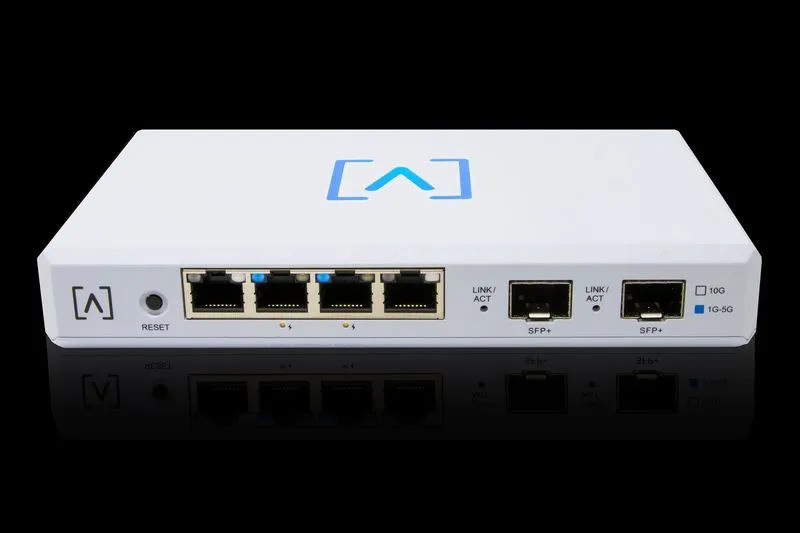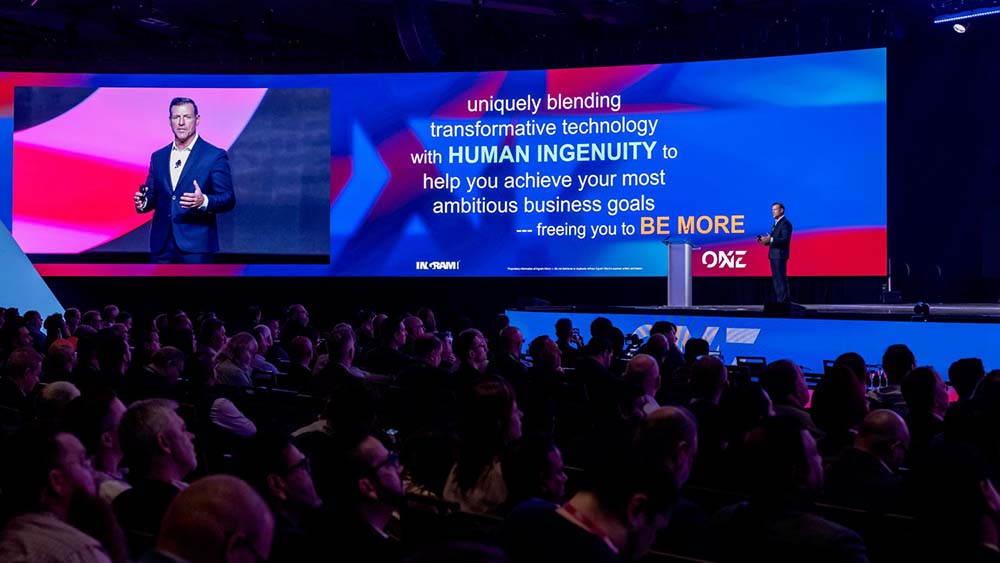A whopping 85% of companies accelerated digital transformation in 2020, investing in mission-critical projects like transitioning to cloud-based collaboration tools to support remote workforces. And while MSPs quarterbacked the initial cloud migration for many of their SMB customers and helped them adapt to a digital-first ecosystem, you would be wrong to think that is the full extent of the opportunity.
In fact, businesses will be challenged to continue facilitating remote workforces and flexible work environments while eliminating security risks and streamlining collaboration for years to come. Indeed, research from Upwork’s Future of Workforce Pulse Report projects that by 2025, 36.2 million Americans will be working from home, a staggering 87% higher than pre-pandemic predictions.
With that in mind, MSPs have a massive opportunity to further serve their customers—and in turn create more durable paths to revenue for themselves. However, customers today have more choices, access to information, and buying power than ever before. That makes it extremely competitive for MSPs to win new customers, retain existing ones, and capture new market share.
Here are three ways MSPs can stay ahead of their competitors and capitalize on the opportunity that’s right in front of them.
1. Build a Service Economy with Customers in Mind
In the past few years, we’ve witnessed the B2B buyer become more akin to its B2C counterpart, expecting a frictionless experience from marketing to the point of sale to ongoing service. As their preferences change, so too should the approach for MSPs.
In many ways, it already has. A collective, industry-wide shift from the break-fix model to a recurring revenue model in the 2000s opened up many new doors for MSPs. The transformation over the past decade has been notable; by last year, a majority of MSP partners reported 50% of their revenue had come from recurring managed services and “”as a service”” technology sales, according to Datto’s State of the MSP Report. In effect, most partners have crossed the chasm.
As powerful as MRR is, there is an additional opportunity to differentiate and increase profitability by building a full-fledged services economy around their vendor partners’ technologies. A decade ago, partners paid attention to product drag: the idea that for every dollar of vendor technology sold, they could generate additional revenue from potential hardware and software resale. Today, partners are similarly focused on maximizing the number of services they can provide for every dollar of technology they transact.
By creating a fully managed and seamless experience for a diverse array of needs—from security to productivity and governance—MSPs create stickiness in customer relationships and ultimately build more sustainable paths to revenue.
2. Help Protect the Blind Side
The collective sprint to the cloud has produced a critical gap in security. Too many SMBs rushed to implement collaboration technology like Microsoft 365, Google Workspace, and even singular SaaS products like Zoom, without thinking through the potential risks in their new digital environments. To be fair, the urgency that COVID-19 induced prevented organizations from typical planning, user training, and due diligence related to governance and security from the get-go. However, this year MSPs have an opportunity to help their customers chart new paths forward, with the proper balance of user empowerment and security controls.
For example, many businesses are subject to data protection laws like the California Consumer Privacy Act (CCPA) and GDPR which, if violated (even accidentally, as is often the case), can result in major fines. Similarly, 2020 witnessed more cyberattacks than ever and the average cost of ransomware was over $4 million per data breach.
To top it all off, the changing workplace has intensified security threat vectors, with shifting business models, new compliance standards, and increased pressure from third parties all forcing companies to secure the products and services they sell at a new level.
Ultimately, the cost of compromised data is far too great a risk—especially as SMBs continue amassing cloud-based data and collaborating digitally. That’s where MSPs can help identify risk and provide previously neglected services like backup, governance, and endpoint protection that are, and will continue to be, essential to their customers.
3. Keep Customers Ahead of the Curve
Data security is just one blind spot and one we’re aware of now, but customers rely on MSPs to account for any potential oversight, especially as the needs of the workforce continue to evolve. And thanks to immense growth in the number of ISVs in the past 10 years, SMBs cannot even begin to evaluate every vendor for each independent need they may have.
Instead, MSPs can remove the headache for their customers by doing all the back-end research and by partnering with top-of-the-line vendors. To stay nimble and keep up with the changing digital landscape, MSPs need to be consistently adding new services and APIs to their current offerings. If they’re successful, MSPs can increase their up- or cross-sell potential, boost customer satisfaction, and reduce churn.
Just the Beginning
Ultimately, I’d argue this is only the beginning for the managed services industry. Long gone are the days where MSPs just helped organizations keep the lights on with the necessary infrastructure like software installation and server management. And soon, the days of MSPs helping customers to optimize their IT environments and move to the cloud for agility and scalability will be gone too. Today, if MSPs can provide ongoing services that will improve employee productivity and collaboration while maintaining proper security and governance, they will truly play a vital, long-term role in the future of the workforce.
JASON BEAL is senior vice president of global channel and partner ecosystems at AvePoint, a data management solutions provider for Microsoft 365.














